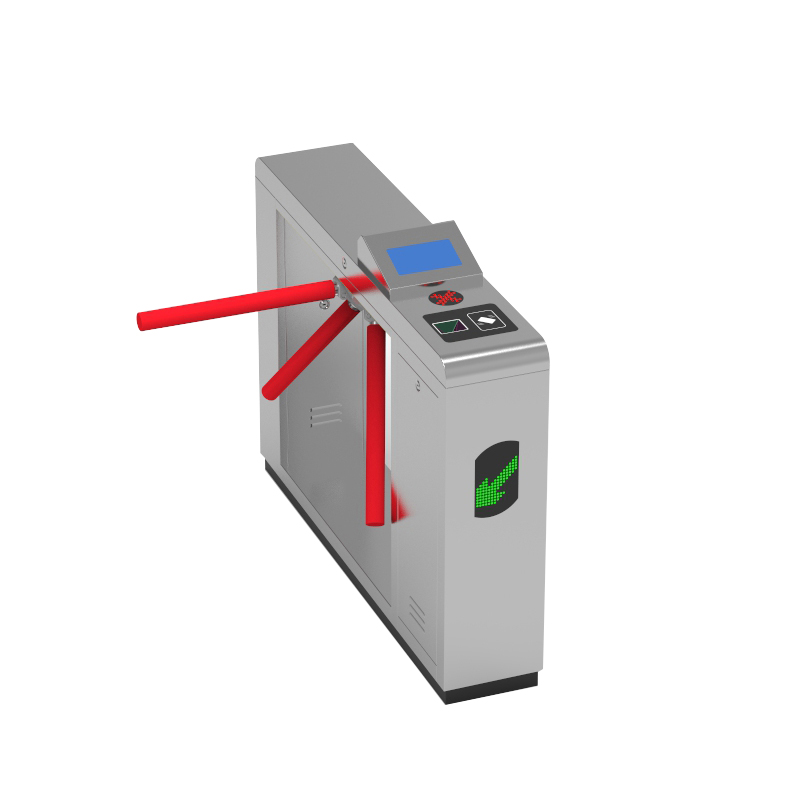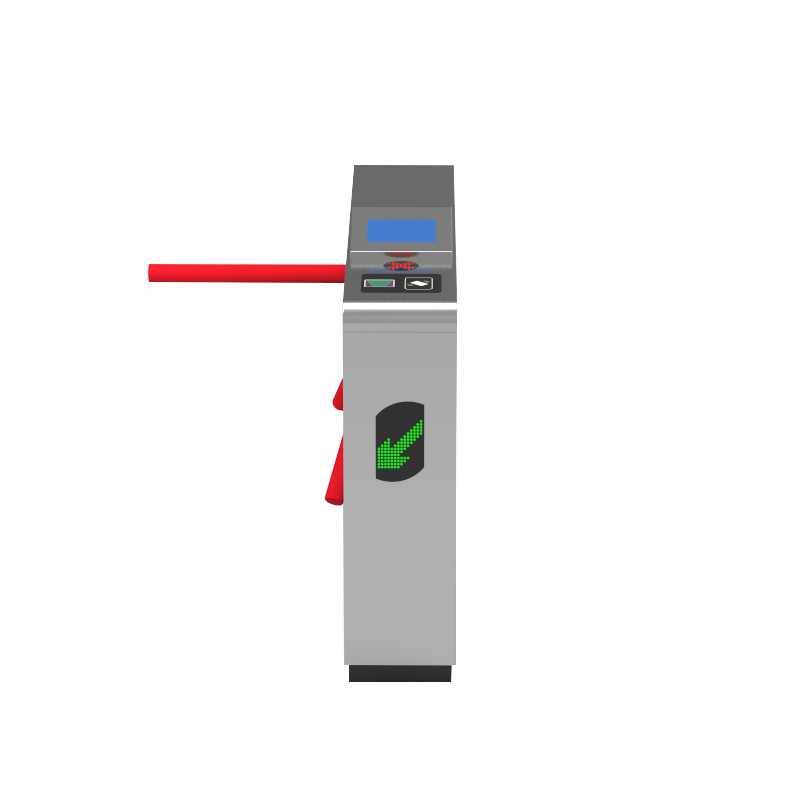What is a tripod turnstile?
2024-02-03
A tripod turnstile is a type of access control system commonly used in security and crowd management applications. It consists of three revolving horizontal arms or bars mounted on a vertical post, resembling a three-legged structure. The purpose of the tripod turnstile is to control the flow of people by allowing or restricting access to a particular area.

Tripod turnstiles are often used as a security measure to control entry and exit points. They can be integrated into access control systems and are commonly seen in places like public transportation stations, stadiums, office buildings, and secured entrances.
The three rotating arms or bars are mounted on a central vertical post. When a person presents a valid credential (such as a ticket, access card, or biometric identification), the turnstile's mechanism rotates, allowing the person to pass through.
Tripod turnstiles are designed to rotate in one direction only, typically allowing entry but preventing exit or vice versa. This directional control helps in managing the flow of people efficiently.
Many modern tripod turnstiles come with anti-passback features, which prevent multiple individuals from passing through on a single authorization. This enhances security and ensures that each person using the turnstile has the proper credentials.

Tripod turnstiles can be integrated with various access control systems, including RFID card readers, biometric scanners, or ticketing systems. This integration allows for seamless and automated access management.
Tripod turnstiles are typically built with durable materials to withstand frequent use and various weather conditions. They are often used outdoors and indoors in locations with high traffic.
In the event of an emergency or power failure, many tripod turnstiles have a fail-safe feature that allows the arms to drop, enabling unrestricted passage to ensure the safety of individuals inside the secured area.
Overall, tripod turnstiles are effective tools for managing pedestrian traffic and enhancing security at entry and exit points in a controlled environment.

